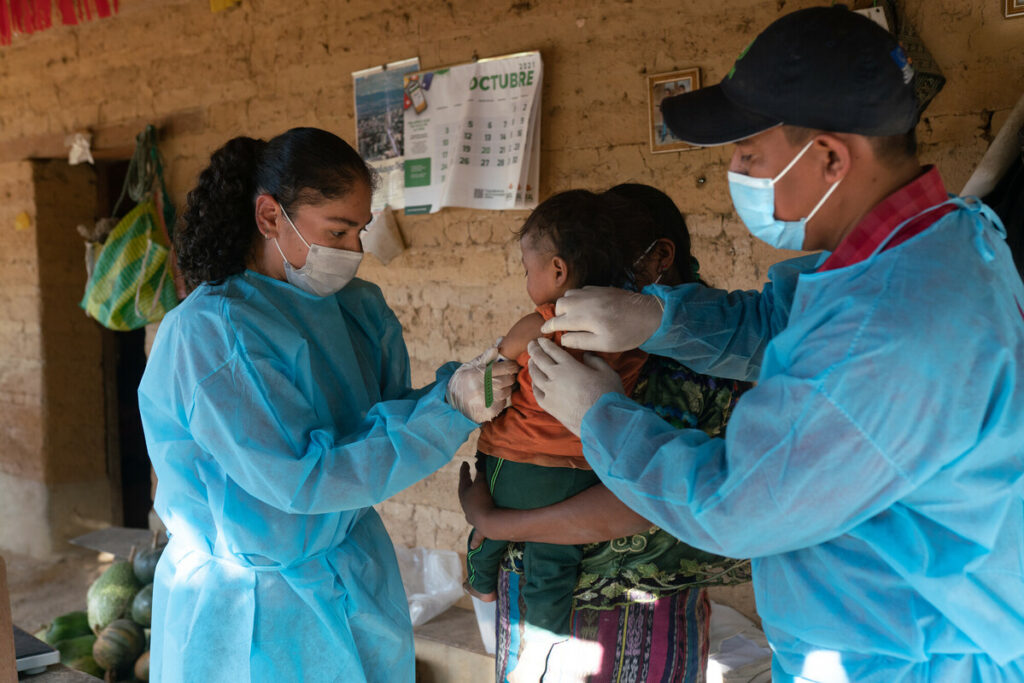Methodology of the Fair Tax Monitor
The Fair Tax Monitor methodology offers a comprehensive list of questions designed to assess fair taxation in any country. Each question and topic is accompanied by detailed explanations and additional resources, providing researchers with a thorough understanding of the relevant subjects.
The FTM tools are made up of:
- A Common Research Framework (CRF), along with research guidelines.
- A quantitative scoring methodology.
- Advocacy & Campaigning templates and guidelines.
- Different options for thematically focusing the FTM work on Tax & Gender, Taxing the Rich, Extractive Industries and Green Taxes.
- A French translation of key documents.
Approach
The methodology of the Fair Tax Monitor has been developed through a participatory process involving teams in various countries, such as Uganda, Zambia, Nigeria, Mozambique, Ghana, Egypt, Senegal, Bangladesh, Pakistan, Kenya and the Netherlands. Oxfam Novib, TJN-A, and partners are continuously expanding and improving the Common Research Framework (CRF) and supporting tools to enable civil society organizations in different countries to produce national FTM reports and use these for in-depth capacity building and advocacy work.

Open source
All the methodological tools of the FTM project are open source. This means that you can use any and all documents available on this website for your own research on tax justice.
The Common Research Framework and supporting tools
The Methodology has been developed and rooted in the Common research Framework (CRF). The CRF presents a comprehensive list of topics to study when conducting research on fair taxation at a national level. It breaks down each topic into specific questions that researchers answer to uncover relevant information regarding fair taxation. Each topic and question comes with explanations, tools and resources to enable a better understanding of challenges related to fair taxation.
The CRF can be used to gather qualitative and quantitative information in a standardized manner: using the CRF enables all those working on FTM projects to develop comprehensive analyses of fair taxation, but also – in time – to more easily compare findings between countries, or progress throughout the years.
The CRF is accompanied by a scoring sheet and a Gender & Tax Annex. It also divides topics into specific research analysis questions that can be answered in order to develop a comprehensive view on a country’s tax fairness, and underlying challenges and factors. The CRF is divided into 6 chapters which cover the main components of a fair fiscal system and 3 additional thematic chapters (Taxing the Rich, Extractive Industries and Green Taxes) that may be used in the development of a thematic report. Additional questions are also available for thematic reports focusing on Gender & Taxes.
Progressive tax systems
Accountable Public Finances
Effective tax administration
Pro-poor public spending
Sufficient revenues
Well governed tax exemptions
TAXING THE RICH
GENDER & TAXES
EXTRACTIVE INDUSTRIES
GREEN TAXES
The Common Research Framework guiding document is to be used both as a basis for the Terms of Reference for the researcher as well as providing guidance to the researcher and all staff and organizations involved in the development of the FTM. This file will provide essential insight into the successful development of a FTM national project, as well as where to locate relevant background information. It is essential to read the document prior to the research, as it provides a clear direction on how to start and organize the research (Part I), and how to assess complex matters such as tax systems and fiscal policies (Part II).
Scoring sheet
The scoring sheet of the CRF includes scoring questions (and explanations) on the six initial categories of the Common research Framework. All FTM research should start with analyzing and filling the Scoring Questions in this excel spreadsheet. The scoring questions will outline an initial perspective of your national tax system. This will provide focus and indicate possible areas/topics that will require further attention and possible recommendations for future advocacy work.
Gender and Tax Annex
The purpose of the FTM Gender and Tax Annex is to ensure that teams and consultants working with the FTM are informed about the gendered nature of fiscal policies and systems. It provides a framework for understanding the FTM research guidelines through gender lenses, and guidance for conducting a gender analysis as part of the overall FTM research. These will help teams to identify the key factors of national fiscal policies and systems that impact on gender equality, and enhance the gender-responsiveness of their advocacy work. This paper will also help readers of the FTM national reports to understand the gender analysis aspect of this project, and more broadly the relationship between tax and gender.
Advocacy and Campaign Plan Template
The FTM Advocacy and Campaign Plan Template is meant as a structural guide for partner organizations to develop an advocacy strategy based on the findings and recommendations of the national reports of the FTM. Since each country will have its own context and specificities around the main causes of inequality and poverty, the template allows flexibility for partners to develop their own strategy and pursue their main FTM policy recommendations.
CONTACT US
The methodology and tools of the Fair tax Monitor are open source: this means that you can use any and all documents here for your own research on fair taxation. You can also contact us if you have questions or suggestions concerning the FTM methodology. Nevertheless, only teams who have a contract with us and have worked in close cooperation with us throughout the whole process of writing the FTM report can use the logos of Make Tax Fair, Oxfam and TJNA.


